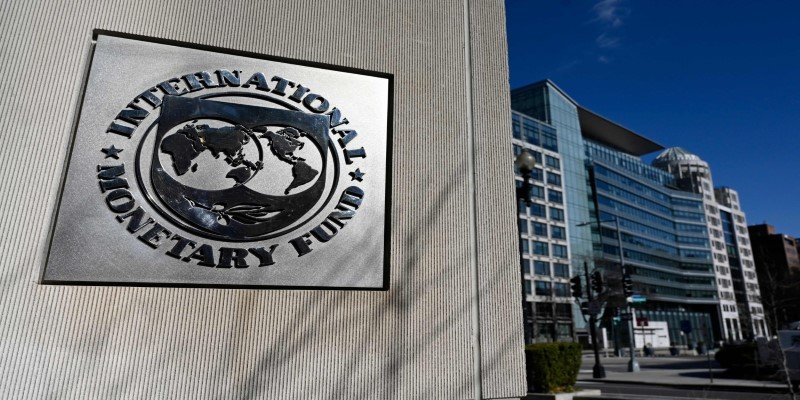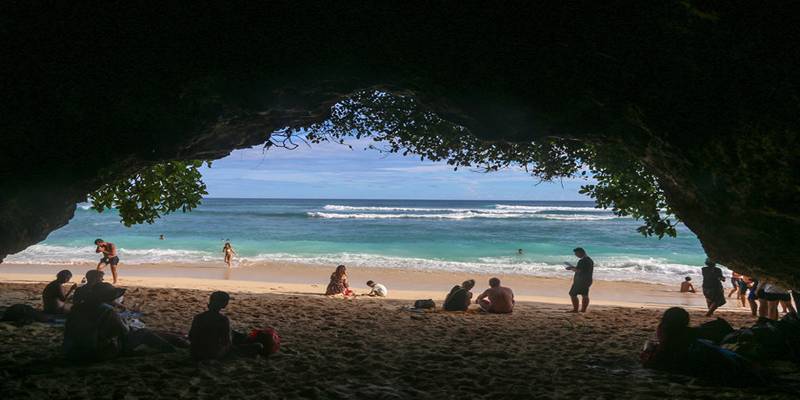Special Drawing Rights: A Simplified Guide to Their Purpose and Mechanism
Advertisement
Global economics often revolves around tools and mechanisms that most of us rarely come across on a daily basis. Among these tools or mechanisms is Special Drawing Rights, abbreviated as SDRs. Special Drawing Rights are a type of financial asset provided by the International Monetary Fund (IMF). Although not a physical currency, SDRs serve an important role in supporting international liquidity and economic stability. They represent a form of reserve currency, where they help nations overcome financial problems, as well as maintain balances of international trade while reducing reliance on volatile foreign exchange markets.

This article provides an explanation of Special Drawing Rights and the purpose behind them, along with tied requirements, so it enlightens how they contribute to a more stable and cooperative global financial system.
What Are Special Drawing Rights?
Special Drawing Rights (SDRs) are an international reserve asset introduced by the International Monetary Fund in 1969. Their primary purpose is to provide countries with additional liquidity, especially during times of economic strain. Unlike traditional currencies, SDRs are not tangible—they exist as entries in the accounts of member countries within the IMF system.
The value of SDRs is determined by a basket of key global currencies, which includes the US dollar, the euro, the Chinese renminbi, the Japanese yen, and the British pound. This multi-currency composition ensures that SDRs maintain stability and reflect the broader international economic landscape. The value of SDRs is recalibrated regularly to mirror fluctuations in these currencies, making them a reliable and steady reserve asset.
SDRs are not used in everyday transactions. Instead, they serve as a supplementary resource that countries can draw on to manage balance of payments issues, pay debts, or exchange for freely usable currencies during economic challenges. They act as a stabilizer in a world where financial turbulence can have far-reaching consequences.
The Role of the International Monetary Fund

The International Monetary Fund (IMF) is at the heart of the SDR system. As an international organization tasked with ensuring global economic stability, the IMF facilitates the creation, allocation, and management of SDRs among its member nations.
SDRs are distributed to member countries based on their quotas within the IMF. These quotas are determined by each nation's economic standing and financial contributions to the IMF. Larger economies, therefore, receive a more significant share of SDRs, while smaller economies receive relatively less.
The IMF also enables the exchange of SDRs for hard currencies. For instance, a country in need of US dollars can use its SDR holdings to request an exchange with another country willing to provide the currency. This exchange system underscores the cooperative framework of the SDR mechanism, promoting mutual support among nations.
By supplementing national reserves, SDRs reduce reliance on potentially volatile foreign exchange markets, helping countries navigate financial uncertainties more effectively.
Requirements for Using SDRs
To utilize Special Drawing Rights, nations must adhere to specific conditions and procedures set by the IMF. These measures are in place to ensure transparency, accountability, and the efficient functioning of the global financial framework surrounding SDRs.
Establishing an IMF Account
Member nations are required to maintain an account within the IMF’s Special Drawing Rights Department. This account acts as a central ledger, meticulously recording the allocation, usage, and holdings of SDRs for each country. Without this account, countries cannot participate in SDR-related transactions.
Interest Rates and Responsible Usage

The SDR system is designed to encourage balanced and responsible usage. Countries that draw on SDRs beyond their allocated share are charged an interest rate, which is recalculated weekly. Conversely, nations that retain surplus SDRs earn interest, creating an incentive to avoid excessive dependence. This structure not only ensures the financial sustainability of the system but also discourages misuse by any single participant.
Adherence to Reporting Requirements
Transparency is fundamental to the SDR framework. Nations must accurately document and report their SDR-related transactions and holdings. This reporting builds trust among member states, prevents irregularities, and ensures that SDRs are used for their intended purposes. Without robust reporting, the integrity of the SDR system could be compromised.
Bilateral Agreements for Currency Conversion
Although SDRs are a global reserve asset, their practical utility depends significantly on bilateral agreements between nations. A country wishing to exchange SDRs for a hard currency must find a willing counterpart. Such agreements are essential for transforming SDRs into usable resources, highlighting the importance of mutual collaboration and shared trust within the international financial system. This requirement underscores the interconnected nature of global finance and the reliance of nations on one another to make the system work effectively.
Why Special Drawing Rights Matter
Special Drawing Rights are more than just a technical tool; they are a key component of global economic stability. Their significance lies in their ability to provide liquidity during times of financial imbalance, helping nations weather crises without resorting to drastic measures such as depleting their reserves or relying on high-interest loans.
For developing nations, SDRs serve as a critical resource to address balance of payments deficits and stabilize their economies. By reducing dependence on external loans or currency swaps, SDRs offer a more sustainable approach to managing financial challenges.
SDRs also foster global cooperation. Wealthier nations with higher SDR quotas often lend or transfer SDRs to countries in need, reflecting a commitment to shared responsibility. This collaborative spirit is a cornerstone of the IMF's mission, emphasizing mutual support over individual gain.
Despite their many advantages, SDRs are not without limitations. Their allocation, tied to IMF quotas, means that wealthier nations inherently receive more, raising questions about equitable distribution. Additionally, the conversion of SDRs into hard currencies can be complex, requiring the voluntary participation of other member countries. Nonetheless, these challenges do not diminish their overall value in stabilizing the global financial system.
Conclusion
Special Drawing Rights represent a unique solution to global economic challenges, providing nations with liquidity and stability during financial uncertainties. While not a replacement for traditional currencies, SDRs play a vital role in supplementing reserves and fostering international cooperation. Despite some limitations, they stand as a symbol of shared responsibility, enabling nations to work together for a more stable and equitable global financial system. Their continued use highlights the importance of collective action in addressing complex economic realities.
On this page
What Are Special Drawing Rights? The Role of the International Monetary Fund Requirements for Using SDRs Establishing an IMF Account Interest Rates and Responsible Usage Adherence to Reporting Requirements Bilateral Agreements for Currency Conversion Why Special Drawing Rights Matter ConclusionAdvertisement












